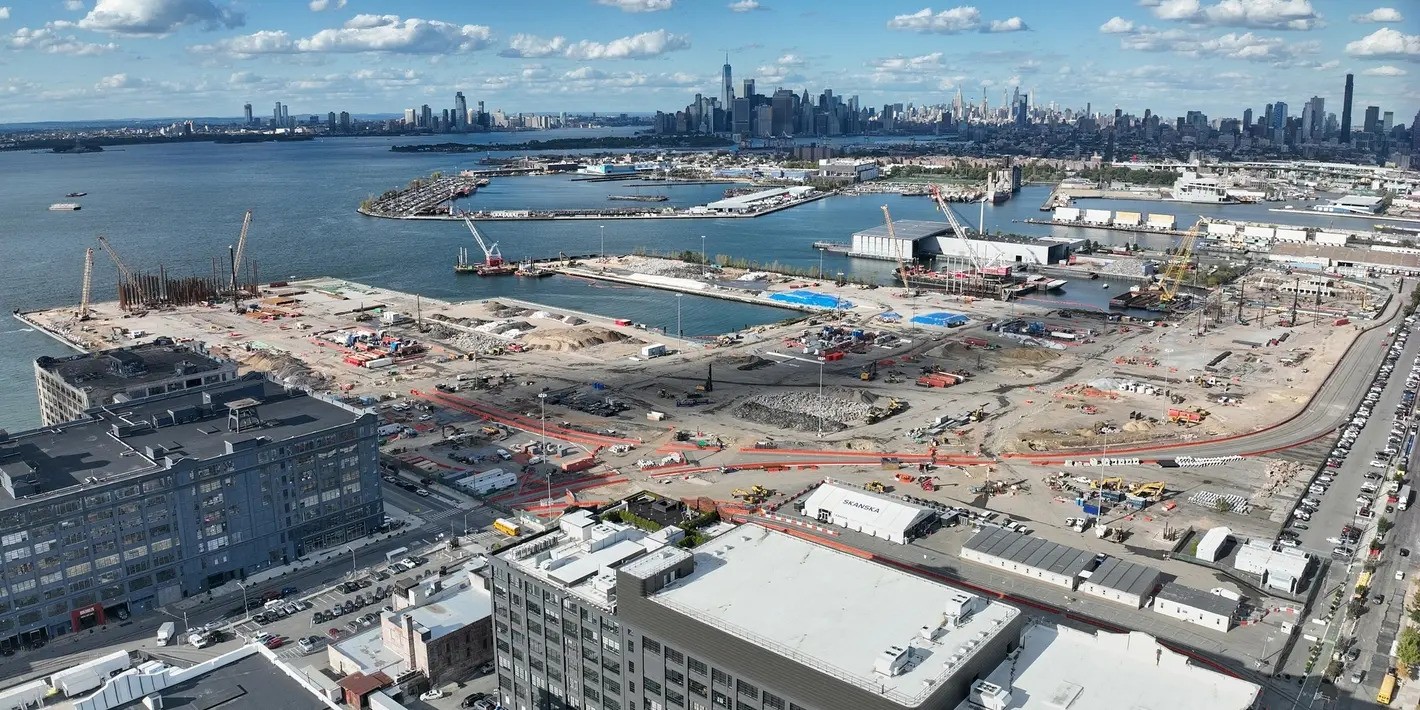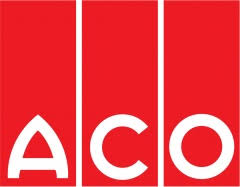
On April 16th, 2025, the Trump administration conducted a targeted attack on offshore wind in the US.
The Bureau of Ocean Energy management (BOEM) issued a formal and meticulously worded order to Norwegian energy firm Equinor’s Empire Wind 1 scheme – an 810MW wind farm offshore Long Island, New York – demanding an immediate stop of construction, citing concerns from the National Oceanic and Atmospheric Administration (NOAA) about the environmental analyses for that project.
The administration’s attack on offshore wind generally is not surprising, but attacking a fully permitted and fully financed project in the early stages of physical construction, that will provide enough electricity to supply 500,000 homes in New York City, is surprising.
I had expected a halt in conducting lease actions and slowing down the permitting process, which would add a lawyer of cost or discourage developers from starting permitting new projects.
BOEM invoked its considerable authority under the Outer Continental Shelf Lands Act, a cornerstone of federal offshore resource management, which grants BOEM considerable oversight and the power to ensure compliance throughout the lifecycle of offshore energy projects.
Federal intervention to halt work on projects that have already undergone and successfully completed the rigorous federal permitting process is rare.
Historically, such actions have typically been reserved for situations where federal agencies assert specific violations of the terms and conditions of those previously granted approvals, rather than a fundamental reconsideration or reversal of the approvals themselves.
Another sad part of this attack is the signal it’s sending to the growing offshore wind supply chain in the US, which the order is essentially killing off.
With the risk of finalising offshore wind projects now having risen dramatically in the US, you would be crazy to build an offshore wind related factory in the US to produce towers, blades, cables, turbines, etc.
The thousands of new jobs and billions of dollars in investments we are losing out on seem very counter to what the Trump administration wants to achieve with, for example, its latest tariff stunt.
Equinor has 60 days from the date of the letter to appeal the decision.
At the same time, former head of NATO and now Norwegian finance minister Jens Stoltenberg, together with Norwegian prime minister Jonas Gahr Støre met with Trump on April 24th, 2025.
The day before the meeting, Stoltenberg met with Trump’s economic advisor, Kevin Hassett, director of the National Economic Council, about Empire Wind 1.
Let’s see if political pressure can help or whether it can be solved as part of tariff negotiations with Norway (as the Norwegian State owns 67% of Equinor).
- Dr. Kristoffer Svendsen is Assistant Dean of the Energy Law Programme at The George Washington University Law School
Further Reading:










